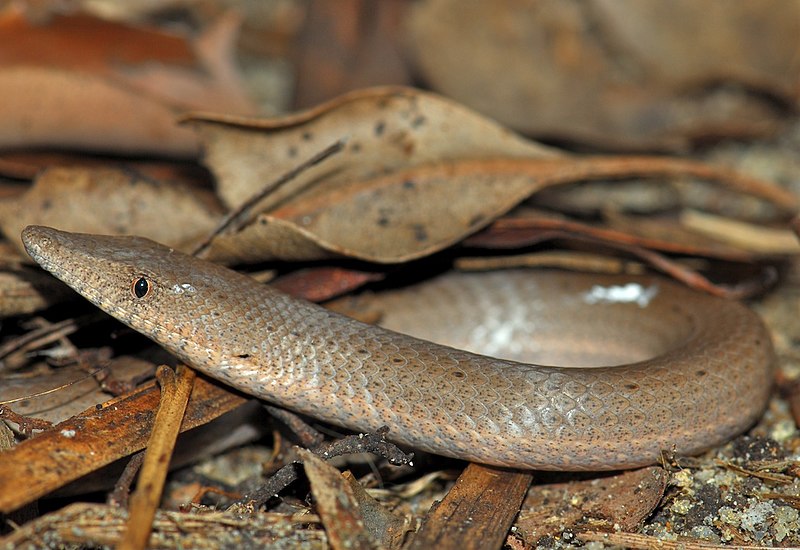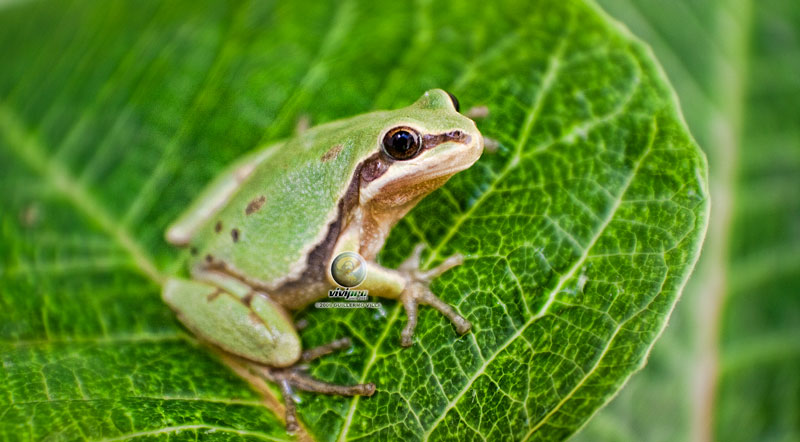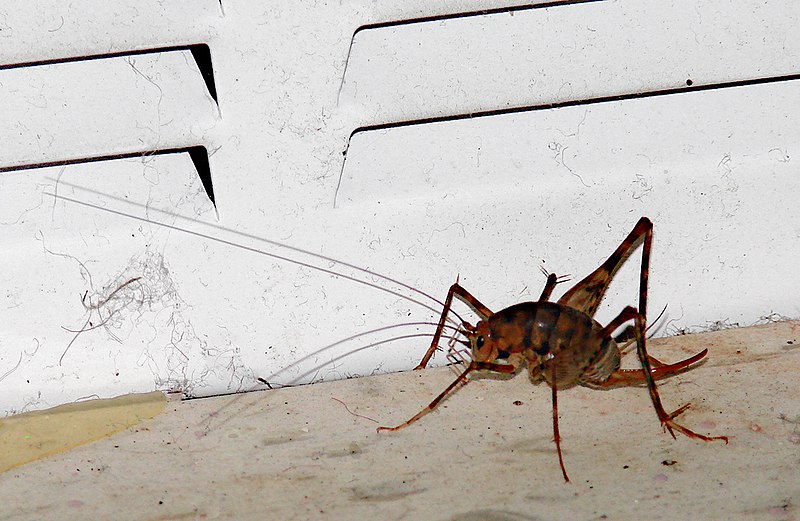 The Green Iguana (Iguana iguana) is truly a study in contrasts. Captive-bred by the millions on farms in Latin America, the 7-inch-long hatchlings are widely considered to be suitable for novice reptile keepers. Indeed, with proper care, they mature into one of the most impressive and responsive of all reptilian pets. Yet these tropical lizards have very specific needs that must be met if they are to thrive, and their eventual size (4-6 feet) and potentially aggressive behaviors are serious considerations.
The Green Iguana (Iguana iguana) is truly a study in contrasts. Captive-bred by the millions on farms in Latin America, the 7-inch-long hatchlings are widely considered to be suitable for novice reptile keepers. Indeed, with proper care, they mature into one of the most impressive and responsive of all reptilian pets. Yet these tropical lizards have very specific needs that must be met if they are to thrive, and their eventual size (4-6 feet) and potentially aggressive behaviors are serious considerations.
Range and Habitat
The Green Iguana’s range extends from southern Mexicothrough Central America to Paraguay. They also inhabit Puerto Rico, St. Lucia and other Caribbean islands, and have been introduced to Florida and Hawaii (please see this article on Iguana-Raccoon Interactions in Florida).
Green Iguanas are always found near water, into which they plunge when frightened. They are often associated with forested areas, so I was surprised to encounter large populations in Venezuela’s treeless llanos region; please see this article.
Behavior
Green Iguanas are ever-alert, and easily startled by noises, dogs and other threats. They vary greatly in personality – some become docile, while others remain wary of people.
 Males may become dangerously aggressive with during the breeding season (please see article below), and either sex may bite, lash out with the tail, or scratch. The wound on my arm, pictured in the attached photo, resulted from a single flick of the tail (and my skin is generally described as “very leathery”!). Please write in for information on safe handling.
Males may become dangerously aggressive with during the breeding season (please see article below), and either sex may bite, lash out with the tail, or scratch. The wound on my arm, pictured in the attached photo, resulted from a single flick of the tail (and my skin is generally described as “very leathery”!). Please write in for information on safe handling.
Housing
Setting up the Terrarium
Enclosure size is a major concern. Hatchlings will exceed 2 feet in length in their first year, and 3 feet by age 2. Adults reach 4.0 to 5.5 feet in length, with males sometimes exceeding 6 feet.
Hatchlings may be started in a 30 gallon aquarium, but will need a 55 gallon tank within 12 months. Once your lizard reaches 3 feet in length, a homemade or commercial cage will be necessary. An enclosure measuring 6 x 3 x 6 feet tall will suffice for an adult; wheels should be added to allow for sun exposure. Predator-proof outdoor cages such as modified bird aviaries are the ultimate in “luxury accommodations”.
Green Iguanas are highly arboreal and will be stressed if kept in enclosures that do not allow climbing opportunities. Stout branches and wooden shelves should be provided.
If an “iguana proof” room is available, out-of-cage exercise time can add greatly to your lizard’s quality of life.
Substrate
Cypress mulch has been used with success, but impactions due to substrate ingestion are possible. Newspapers, washable cage liners or outdoor carpets are preferable.
Females without access to suitable nesting sites may retain their eggs; please see this article for information on captive breeding.
Light
Green Iguanas will not thrive without a source of Ultra-Violet B light. Natural sunlight is best, but be aware that glass and plastic filter out UVB rays, and fatal overheating can occur very quickly.
If a florescent bulb is used (the Zoo Med 10.0 UVB Bulb is ideal), be sure that your pet can bask within 6-12 inches of it. Mercury vapor and halogen bulbs broadcast UVB over greater distances, and also provide beneficial UVA.
Heat
The ambient air temperature should range from 82-95 F, with a basking spot of 95-100 F. Incandescent bulbs should be used to maintain these temperatures. A ceramic heater or red/black night bulb can be used after dark.
Humidity
Green Iguanas favor humidity levels of 65-75%, but must be able to dry off as well. The terrarium should be misted as needed. A reptile humidifier may be used in especially dry environments.
A large water bowl should be provided for drinking and soaking.
Companions
 Males will fight savagely, and females may also battle for dominance. Juveniles usually get along, but must be watched carefully as they mature.
Males will fight savagely, and females may also battle for dominance. Juveniles usually get along, but must be watched carefully as they mature.
Feeding
Strict attention to diet is essential if you are to succeed with Green Iguanas. Nutritional deficiencies can develop quickly, and are difficult to treat. Young iguanas should be fed daily; 2 small meals are preferable to 1 large. Adults can be fed every-other-day, or provided smaller daily meals.
Greens, Vegetables and Fruit
The majority of your iguana’s food – 60% or more – should consist of a variety of fibrous, calcium-rich vegetables such as kale, romaine, dandelion, bok choy, collards, mustard and turnip greens, beet tops and escarole; broccoli, peas, squash, beans, carrots, peppers and mixed frozen vegetables may be added in smaller quantities. Spinach binds calcium and should be avoided.
Fruit should not comprise more than 10% of your iguana’s diet. Bananas, pears, apple, figs, melons, berries, kiwi, peaches and others should be offered.
Boiled brown rice or fiber-rich, sugar free cereals (i.e. Fiber One) may be given as a fiber source. This may not be necessary if a variety of fibrous greens are provided, but serves well as “insurance”.
Protein
In their natural environment, young Green Iguanas consume both insects and vegetation before switching to a plant-based diet as they mature. While success has been had by using insects as a protein source for young iguanas, most keepers are better off relying upon legumes, such as boiled lentils or pinto, navy and kidney beans. These should make up 5-10% of the diet until age one, after which time they can be used as occasional treats.
A number of commercial iguana diets are available. While their long-term use as a sole diet has not been studied, adding some to your iguana’s salad should provide additional nutrients.
Supplements
Most meals provided to growing iguanas should be powdered with a Calcium source such as Zoo Med ReptiCalcium. Reptivite or a similar vitamin/mineral supplements should be used 2-3 times each week. The supplementation needs of adults vary; please write in for further information.
Health Considerations
Due to their size, Green Iguanas are sometimes allowed to wander at will about the home. While a room that has been carefully set up for your iguana (please write in for details) can be useful, free-ranging iguanas present serious health and safety risks. Chief among these are the potential for fires (dislodged lamps, etc.) and an increased risk of Salmonella transmission. Please write in for further information. Read More »
 While working at the Bronx Zoo some years ago, I was delighted to receive a surprise shipment of New Guinea Snake Lizards (Lialis jicari). Also known as the Long Headed Scaly-foot or Flap-Footed Lizard, it and the related Burton’s Snake Lizard (Lialis bertoni) have long fascinated herpetologists and hobbyists alike. As you’ll see below, their similarity to snakes goes way beyond a limbless body; indeed, many consider the Snake Lizards to be an example of convergent evolution (unrelated species evolving similar characteristics). Today I’d like to summarize my experiences and some of what is known about these amazing, little-studied creatures.
While working at the Bronx Zoo some years ago, I was delighted to receive a surprise shipment of New Guinea Snake Lizards (Lialis jicari). Also known as the Long Headed Scaly-foot or Flap-Footed Lizard, it and the related Burton’s Snake Lizard (Lialis bertoni) have long fascinated herpetologists and hobbyists alike. As you’ll see below, their similarity to snakes goes way beyond a limbless body; indeed, many consider the Snake Lizards to be an example of convergent evolution (unrelated species evolving similar characteristics). Today I’d like to summarize my experiences and some of what is known about these amazing, little-studied creatures. That Reptile Blog – Reptile, Amphibian and Exotic Pet Care and Information
That Reptile Blog – Reptile, Amphibian and Exotic Pet Care and Information






